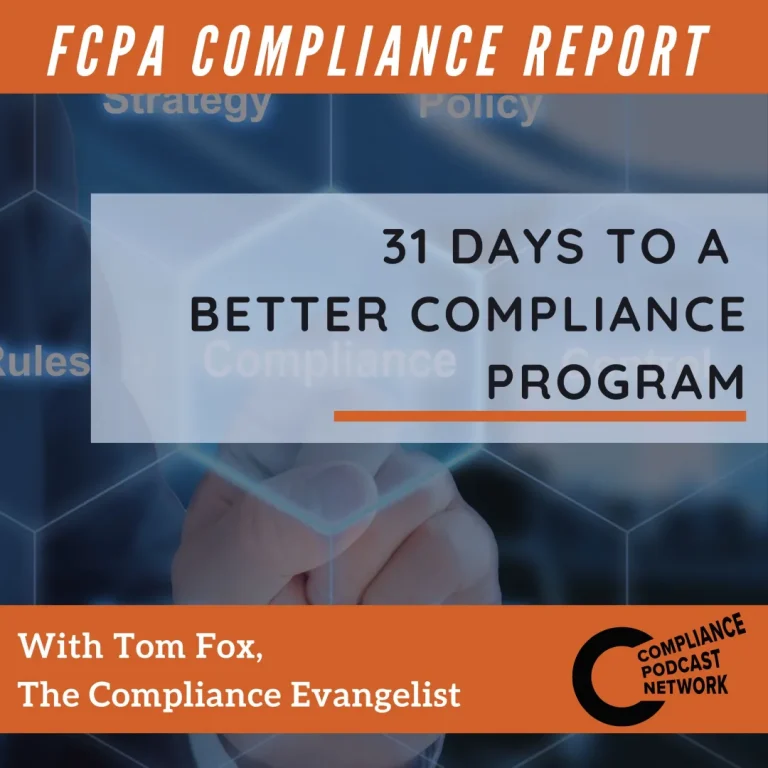What about the training on your finalized Code of Conduct? While there have been criticisms of code training, if you consider training as one source of your 360-degrees of compliance communications, the rollout of a new or updated code can be an opportunity. This rollout fits directly into the concept of 360-degrees of compliance communications as rollout is part of both communications and engagement. The delivery of a Code of Conduct is a key element of its effectiveness. By allowing your employees and other stakeholders to engage and interact with the code, through live or interactive training, the effectiveness can be better monitored and measured.
Beginning with the DOJ’s 2017 Evaluation and continuing into the 2023 ECCP, is the DOJ’s emphasis in the effectiveness of training. I think everyone would understand you do need to train but now the government’s talking to us about effective training. Begin with live training that can be held at the corporate headquarters with senior management and executive involvement. Many companies will videotape a message from the CEO to help celebrate the rollout. Then there is the opportunity for localized training that gives employees an opportunity to see, meet, and speak directly with a compliance officer, not an insignificant dynamic in the corporate environment. Such personal training also sends a strong message of commitment to the Code of Conduct. It gives employees the opportunity to interact with the compliance officer by asking questions which are relevant to markets and locations outside the corporate office, which can often provide employees with the opportunity to have confidential in-person discussions.
However, your Code of Conduct training should be an extension of the way you communicate compliance in your organization. If it is divorced from your 360-degrees of compliance communications style, you may well be missing an opportunity to drive better understanding of the code and denigrate the effectiveness of the training. Whatever approach is used, one of the critical factors is the length of time of the training session. Although lawyers and ethics and compliance professionals can (sometimes) sit through a multi-hour Code of Conduct lesson, it is almost impossible to keep the attention of business and operations employees for such a length of time. The presentation and number of PowerPoint slides must be kept to a manageable length before the attendee’s eyes start to glaze over.
Three key takeaways:
- Consider a video message from your CEO to help roll out your Code of Conduct initiation or update.
- Tailor your Code of Conduct training to your workforce.
- Consider interactive and modular approaches to Code of Conduct training.
For more information, check out The Compliance Handbook, 4th edition, here.



